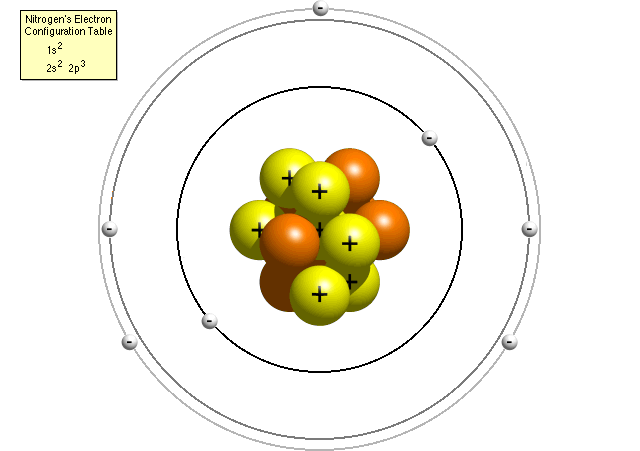This is an interesting thread, even if it was started by a fruitcake...
This is quite right in most parts. I do agree. But we have to assume, that particles must show a certain minimal-configuration to be able to serve as "observer". I do not believe that an elementary particle like a photon is sufficiently complex to sense TIME. A complete atom certainly --> yes, maybe baryons (protons, neutrons), because they are more complex and consist of sub-particles. Note: Every sensed time interval (elapse time) has to be measured and STORED in the particle for a moment. (The shortest time interval possible ist the Planck time 5.39121 × 10 -44 s, as you know). Otherwise no "recognition" or "sensing process" is possible; and if not possible, then there - on the other hand - NO TIME exist !!
The plack-time is more a limit to the measurement of time. It does not say that time is indeed quantisized. The plack-time is based on the planck-length, a theoretical minimum for measuring one of teh spacial demensions. There is a minumum for measuring it, because you need a particle to measure something. Higher enengy, higher preccision of measurement. But there is a limit to how high you can get the energy, because of general relativity.
terry's analogy of the building blocks is interesting. Although, I think it is only a assumption that the total mass-energy of the universe is constant in time. This would also man the laws of physic would be constant in time, which look like they are, but physicist still speculate about this. Einstein theories of relativity do not leave a lot of room for time-travel anyway (that is not backward)
About the need for a particle of (less elementary particle as I read) to experience time, otherwise it will not exists, does not sound very convincing to me.
There is a theory about virtual particles that can exists within the heisenberg uncertainty limits. Quantum physicist believe that the fabrics of space-time are not smooth but a bumpy ride of temprary particle and other events. This would be enough to give time a meaning without any observable particles.
DaNNY

